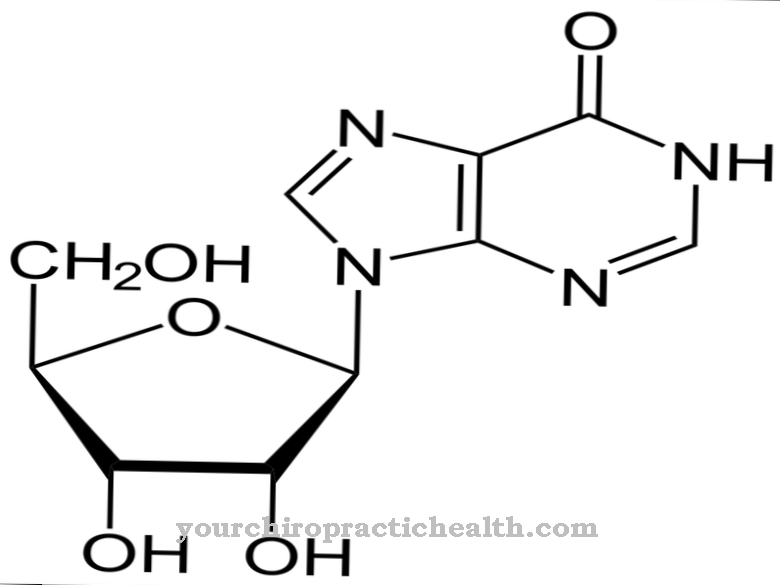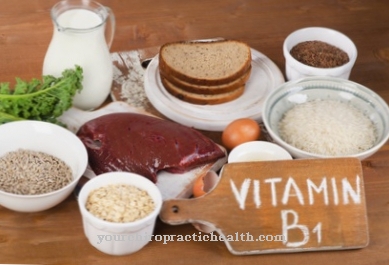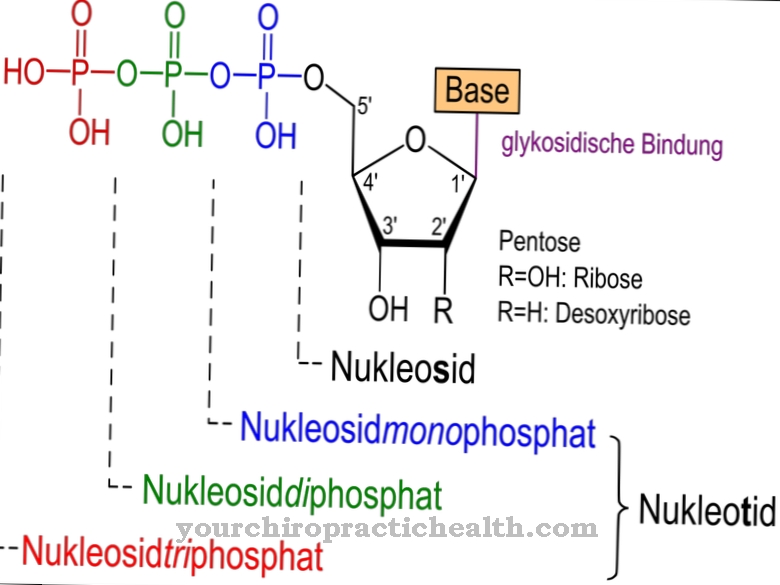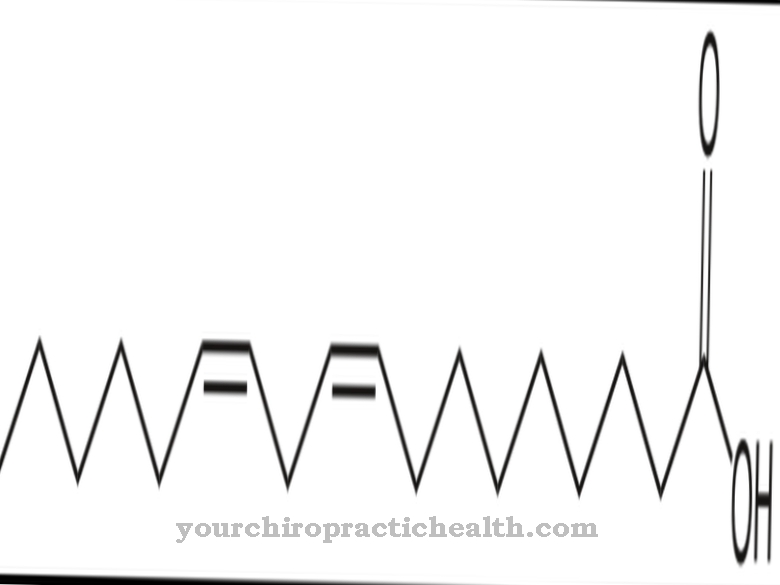Vitamin A (Retinoic acids, retinal, retinol) is a fat-soluble vital substance that occurs in some variations. The photosensitive substance is used in the retina of the eye to perceive light.
How vitamin A works

Vitamin A is also important for a smooth protein metabolism and nerve functions. Vitamin A plays a crucial role in iron utilization and the formation of red blood cells.
But vitamin A is also necessary for the production of white blood cells, which are a mainstay of the immune system. Vitamin A also strengthens the mucous membranes, which also strengthens the body's defenses against infectious diseases such as colds. The growth of bones and their healing after fractures are largely dependent on vitamin A.
Vitamin A has a twofold importance in reproduction: firstly, vitamin A is involved in the production of sex hormones, and secondly, the vital substance serves as a regulator in early embryonic development. In addition to these special tasks, vitamin A also acts as a so-called “radical catcher”: This means that vitamin A converts harmful metabolic waste products into harmless substances.
meaning
The central functions of metabolism and the immune system make vitamin A one of the most important factors for maintaining performance. Its importance for blood formation is well known among athletes. That is why people who are active in sports pay attention to a sufficient supply of vitamin A. Because optimal use of oxygen is the basic requirement for good physical condition. Those who do intensive sport can use vitamin A to support their immune system.
It should be noted, however, that vitamin A also has a toxic effect if it is overdosed. The problem can be circumvented very easily: The intake of provitamin A is completely harmless. Provitamin A is a precursor to the effective vitamin. The body converts provitamin A into the actual vitamin A. This process is controlled by the body in such a way that only the currently required amount of vitamin A is produced from the preliminary stage.
Provitamin A protects against both risks: overdosing and underdosing (hyper- and hypovitaminosis).
The minimum daily dose of vitamin A is 1 mg (1 thousandth of a gram). That is roughly the amount contained in, for example, 50 g carrots or 300 g pork. Pregnant women, nursing mothers and adolescents have an approximately 50% higher requirement for vitamin A. It should be noted that the fat-soluble vital substance is only optimally absorbed when it reaches the small intestine together with fat.
Occurrence in food
The effective form of vitamin A is only found in foods of animal origin. The content is highest in cod liver oil. Beef or pork liver is also a very good source of vitamin A. Milk and egg yolks are also rich in the vital substance, and seafood and freshwater fish also contain a lot of vitamin A. Eel in particular is an excellent supplier of vitamin A.
The body uses provitamin A in the same way as the biologically active vitamin A. These precursors of vitamin A are also called "carotenoids" and are present in sufficient quantities in many types of vegetables. Above all, carrots should be mentioned here.
Typically, the vitamin A content is highest in red or reddish fruits. Therefore, red peppers or types of fruit such as mango are also good sources of vitamin A.


























